Introduction
Recently through a good friend, I came into possession of an almost true-vintage 1979 Leica Summilux 50mm version 2, a lens some Leica aficionados affectionately identify as the E43 version 2, a direct reference to the filter size.
The Leica Summilux 50mm E43 version 2 was manufactured from 1961 to 1991, with cosmetic variations along its production span. Back then, due to I guess Leica being Leica, one could also find oddities such as a Version 2 body holding a Version 1 optical design and on.
for info, true-vintage should be at least 50 years old while sub-vintage should be minimum 20 years old.
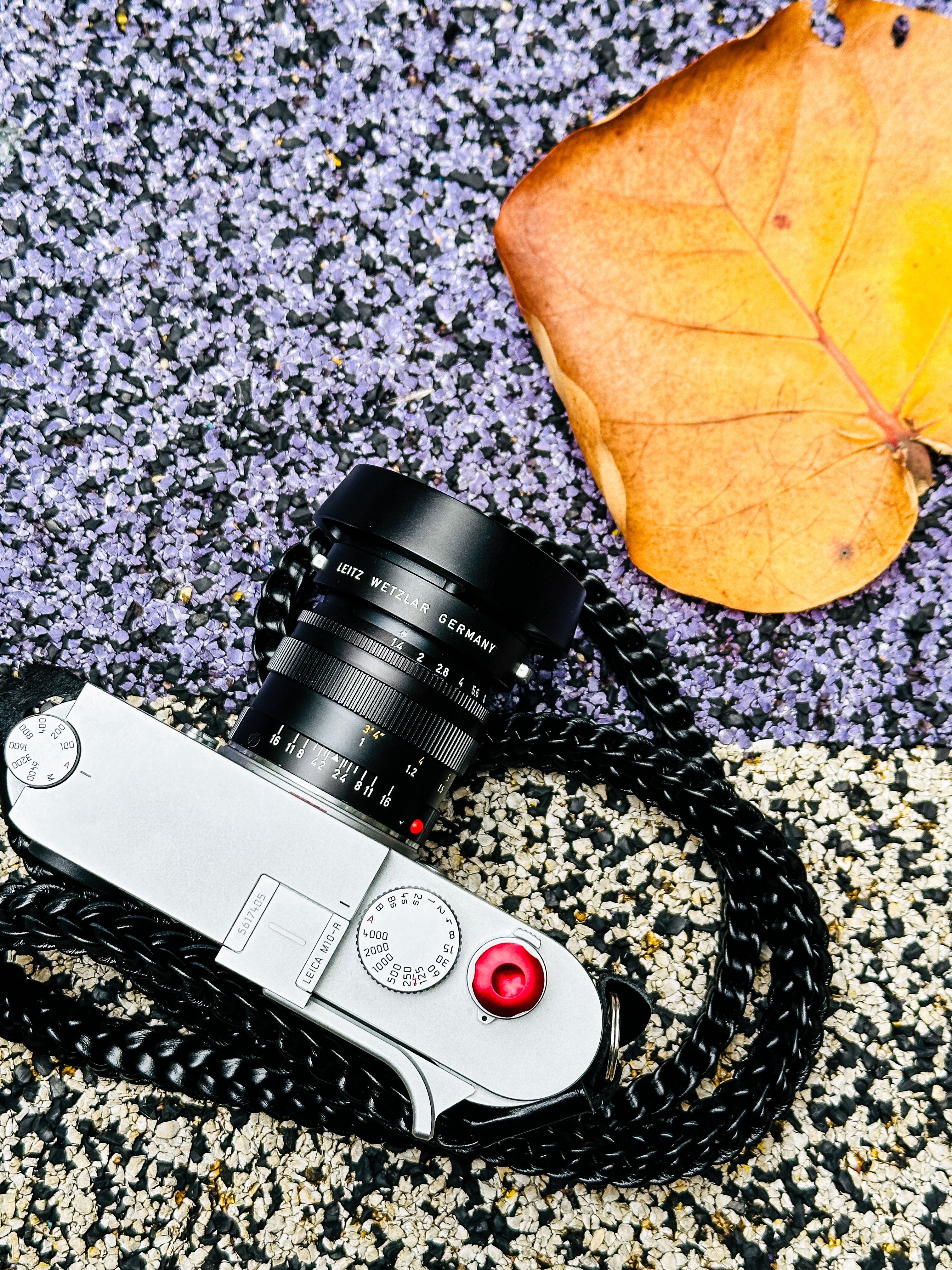
And at around the same time, a Leica SL2 came into my possession (that’s a story for another day) and so I decided to take the Leica SL2 and Leica M10-R with the Leica Summilux 50mm v2 for a test in a portrait shoot and so here we go with a review of this 47 years old (in 2024) lens.
I will be sharing two sets of samples, one from the Leica M10-R and one from the Leica SL2.
From here onwards, I will refer to the Leica Summilux 50mm version 2 E43 as the Leica Summilux 50mm v2.

tl:dr
While I do appreciate the clinically correct and ‘more perfect’ image output of modern offerings, I always have a soft spot for these vintage lenses for the character they can potentially bring to the table and the Leica Summilux 50mm v2 is one such piece of optics.
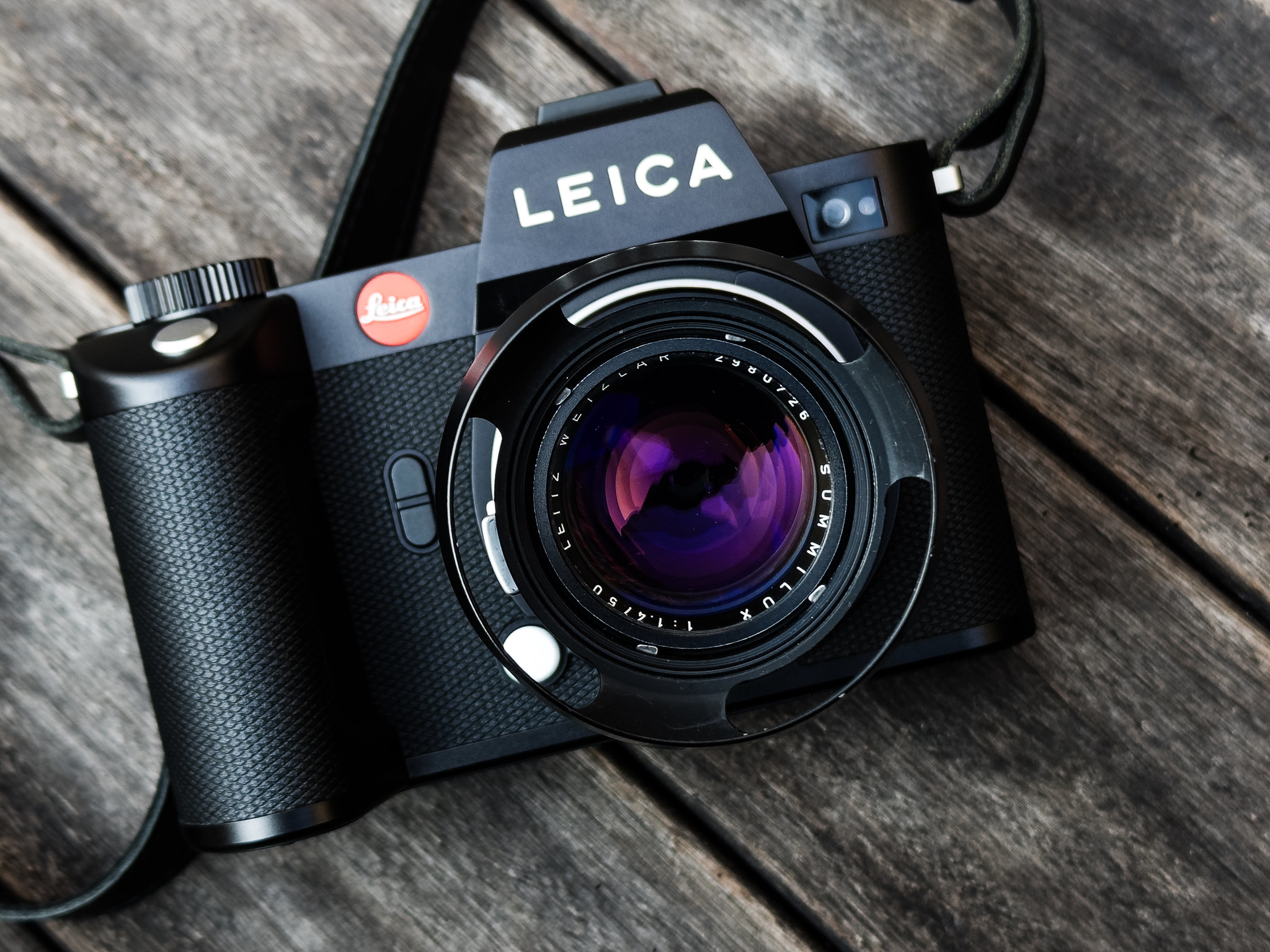
The Leica Summilux 50mm v2 was designed by Dr. Mandler, which brings us to what has been said often with regard to the ‘Leica/Mandler glow’.

A conclusion from some reviews about this lens being soft/glowly wide open is false. In fact, the Leica Summilux 50mm v2 is capable of being sharp at the maximum aperture of ƒ1.4, with a characteristic bokeh that allows one to create images with interesting character.
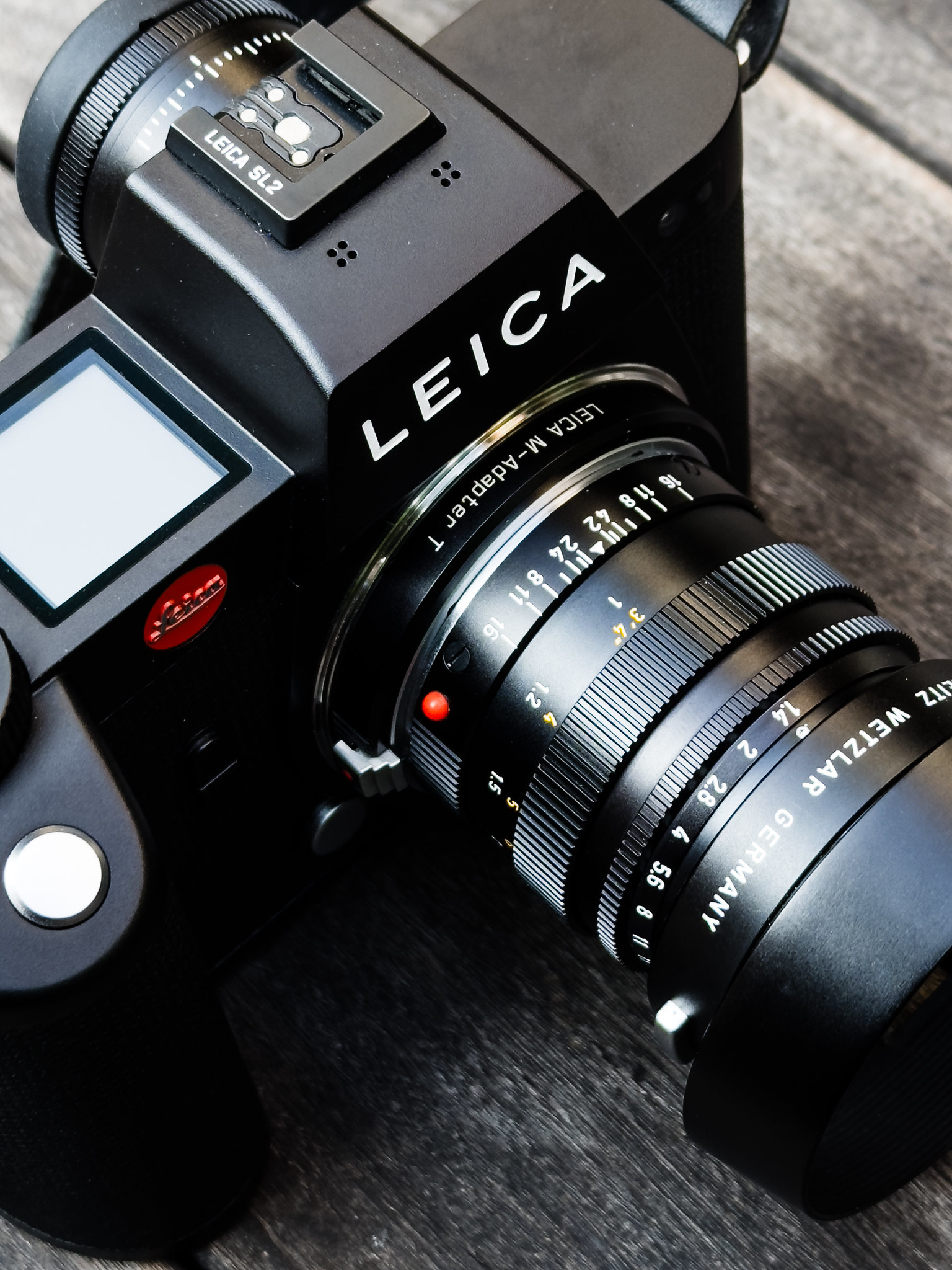
While some users, especially those doing portraits prefer the ‘Mandler look,’ I am sure that there will also be a group of photographers who find the bokeh character potentially distracting; like how some creative photographers can work happily with flaring while some have no idea how to manage that, and in this sense the Leica Summilux 50mm v2 is very much a lens with its own character that in my opinion, a piece of vintage Leica optics everyone should try at least once.
A summarized history of the Summilux 50mm v2
A redesign of the 1949 released Leica Summarit 50mm ƒ1.5, the Leica Summilux 50mm ƒ1.4 version 1 was first introduced by Leica in 1959 to only be replaced two years later in 1961 with version 2, with this optical formula kept consistent all the way to 2004.
While the label E43 is used to refer to the Leica Summilux 50mm version 2, it is good to note that some do refer to the optically flawed version 1 (1959-1961) as the E43 also.

Akin to many good Leica vintage glass, the price of the Leica Summilux 50mm v2 has increased steeply across the last few years, and for this lens, I could still recall seeing them going for USD1000 a few years ago to now pretty much impossible to find under USD2200 for an excellent condition copy with the original hood, special Leica E43 slim filter.
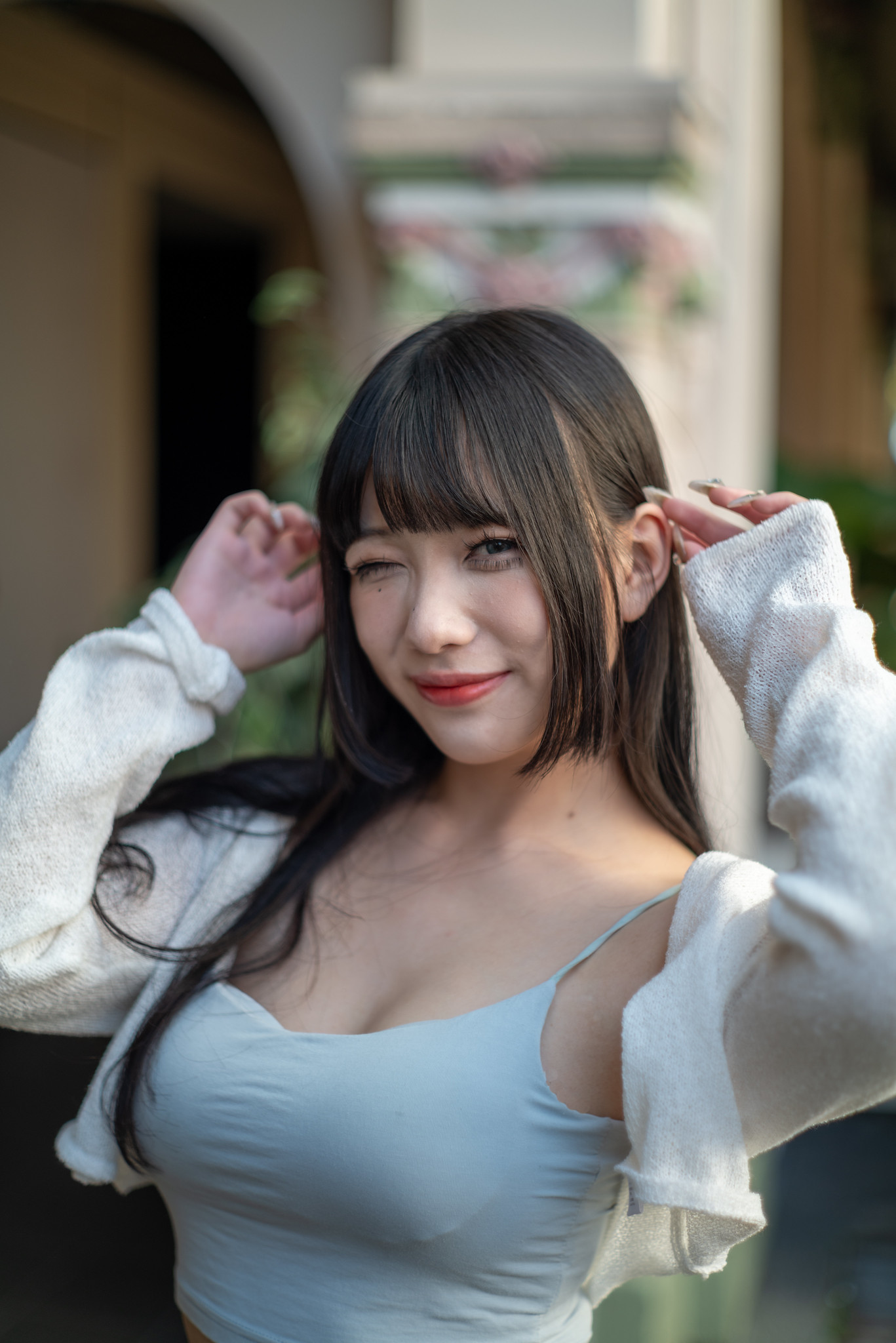
As the ‘nickname’ suggests, the Leica Summilux 50mm v2 has a 43mm filter size but comes in two main versions (both sport the exact same optical design):
- A silver chrome version released from 1961 to 1968 that uses the 12 521 hood, identified by serial numbers 1 844 001 and above, comes in at 301 grams.
2. A black chrome version released from 1969 to 1991 that uses the 12 586 hood and comes in at 360 grams.
Both versions have the same minimum focusing distance of 1 meter and a long focus throw.
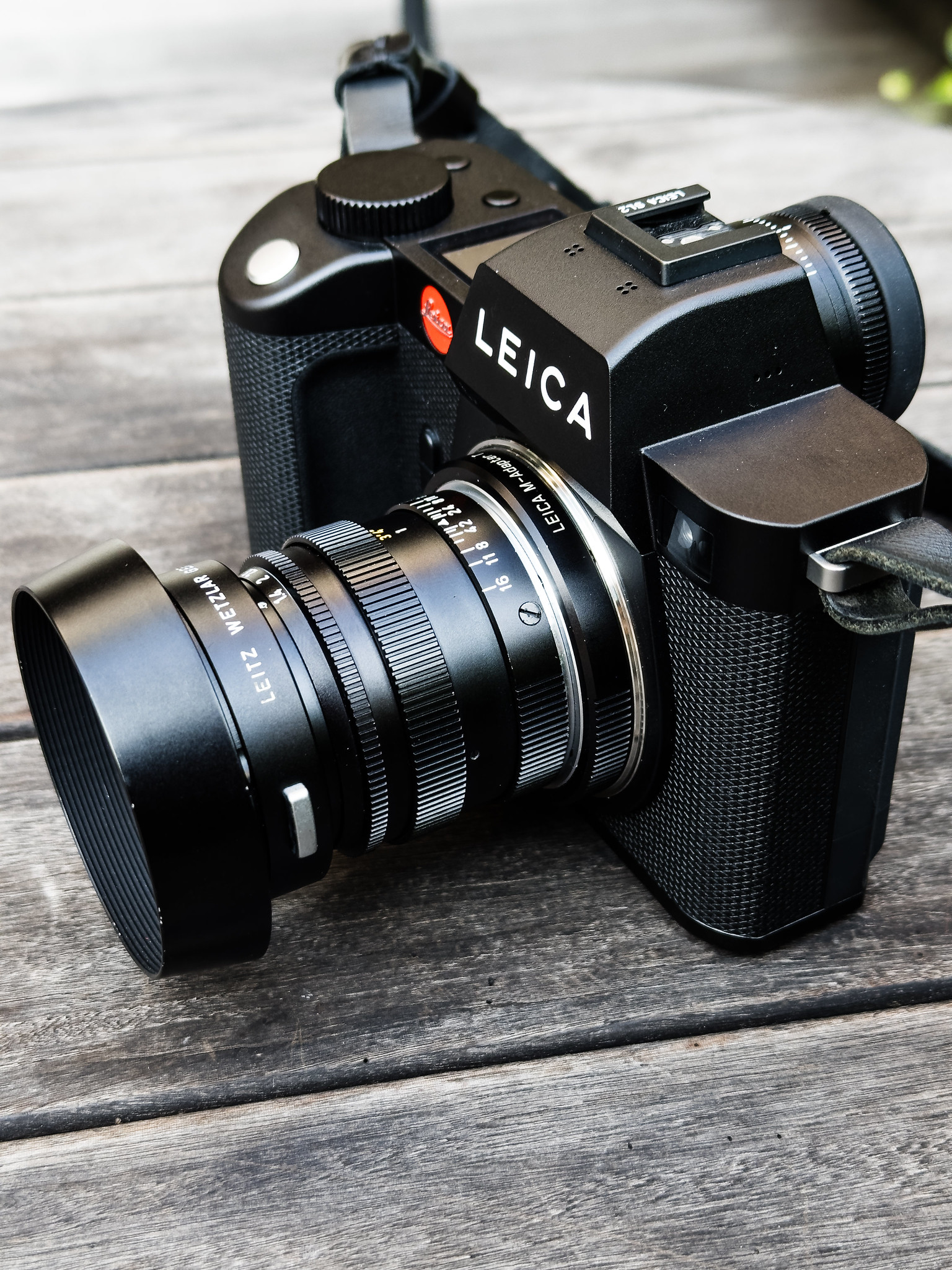
It is important to also note that due to the tighter tolerances for the hood design, Leica released the E43 SLIM (model 13206) UV filter specially for the Leica Summilux 50mm v2. For example, a B+W XS-Pro will screw on but your hood will not move freely.
The 13026 filter is not easy to find, and easily costs USD300 upwards on eBay
Performance & Handling
For me, the very basic criteria for any fast lens to be deemed acceptably great must be that it performs well when used at its maximum aperture. After all, what is the point of buying a fast lens when it is not usable at the maximum aperture?
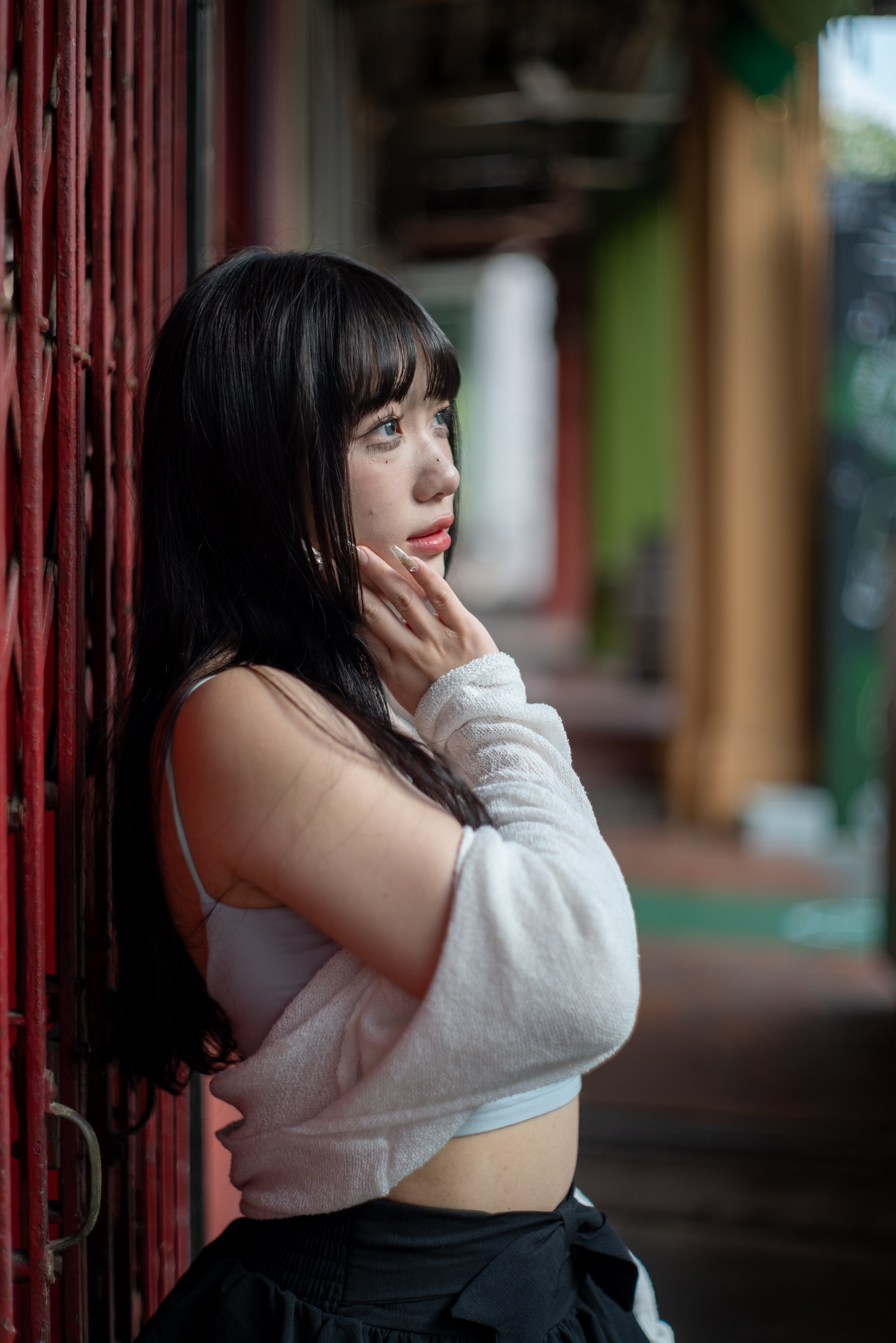
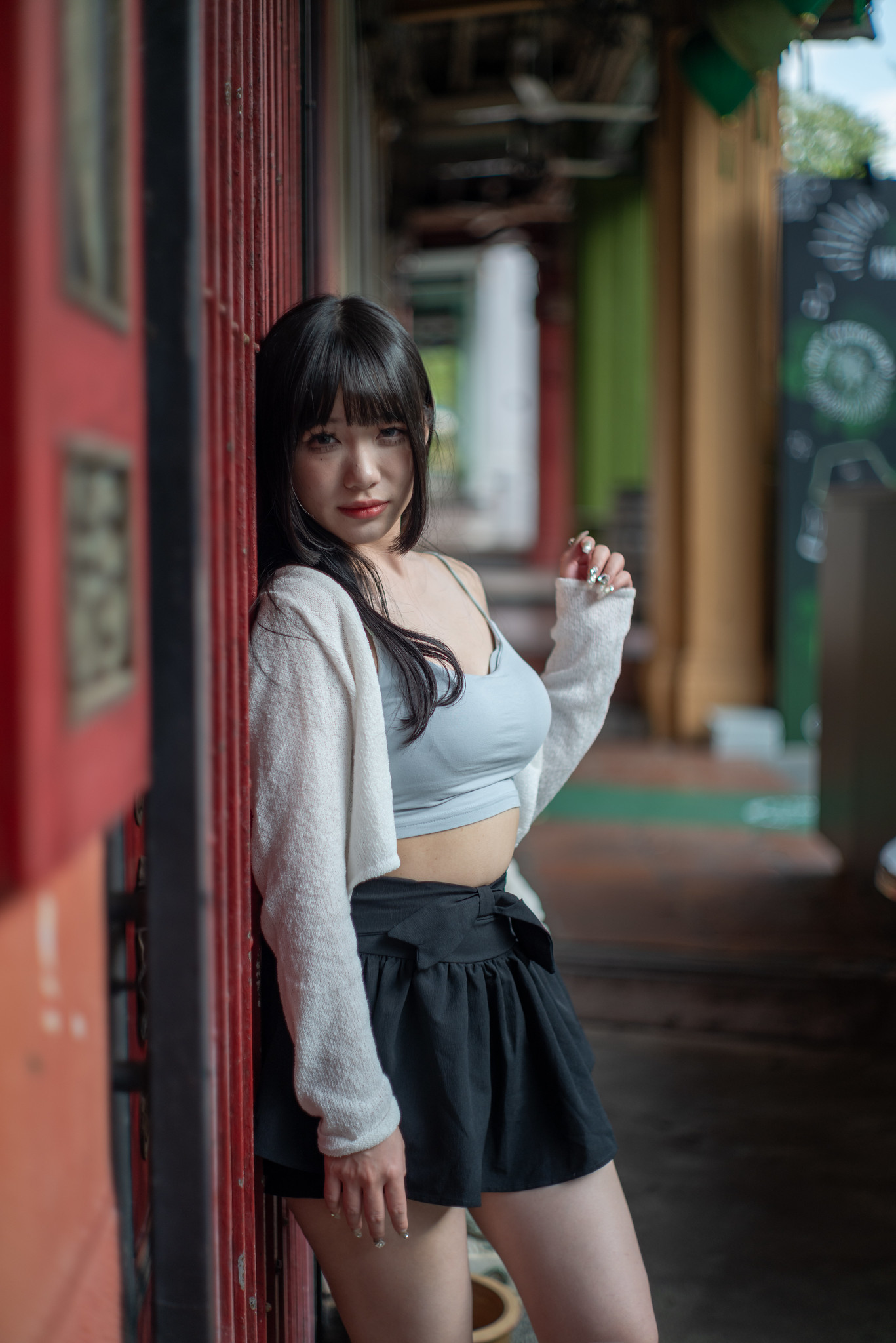
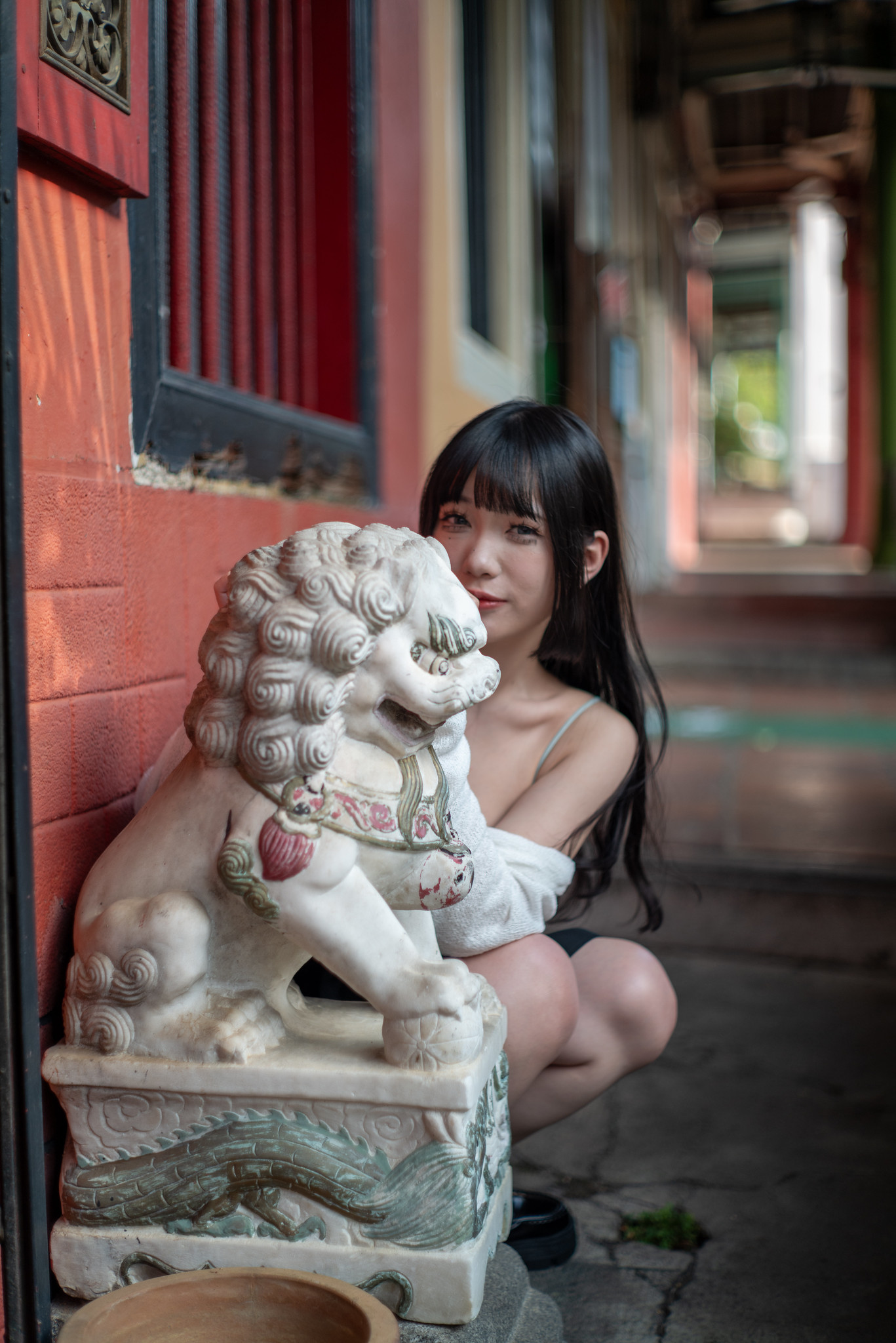
In this sense, the Leica Summilux 50mm v2 is actually surprisingly (for its age) sharp at the center, and on the SL2 with the huge EVF/LCD with the more effective focusing aids, the potential sharpness of the Leica Summilux 50mm v2 at ƒ1.4 will rival most modern lenses.
Again, prior to using this lens, I had heard of some reviewers disparaging this lens as soft at the centre wide open. I disagree with this observation.
Maybe they had a bad set or were expecting APO performance in a non-ASPH lens? I have no idea.
Away from the center and moving toward the edges, the image quality of course decreases, and the lens becomes soft and suffers from lens aberrations. For shooting portraits, this is not a problem at all, as this helps to keep my subject at the center of one’s gaze. .
Practically, this of course means that one has to be careful with framing your subject in portraits when shooting wide open, for example, it might not be the best idea to have one’s subject too close to the edge.


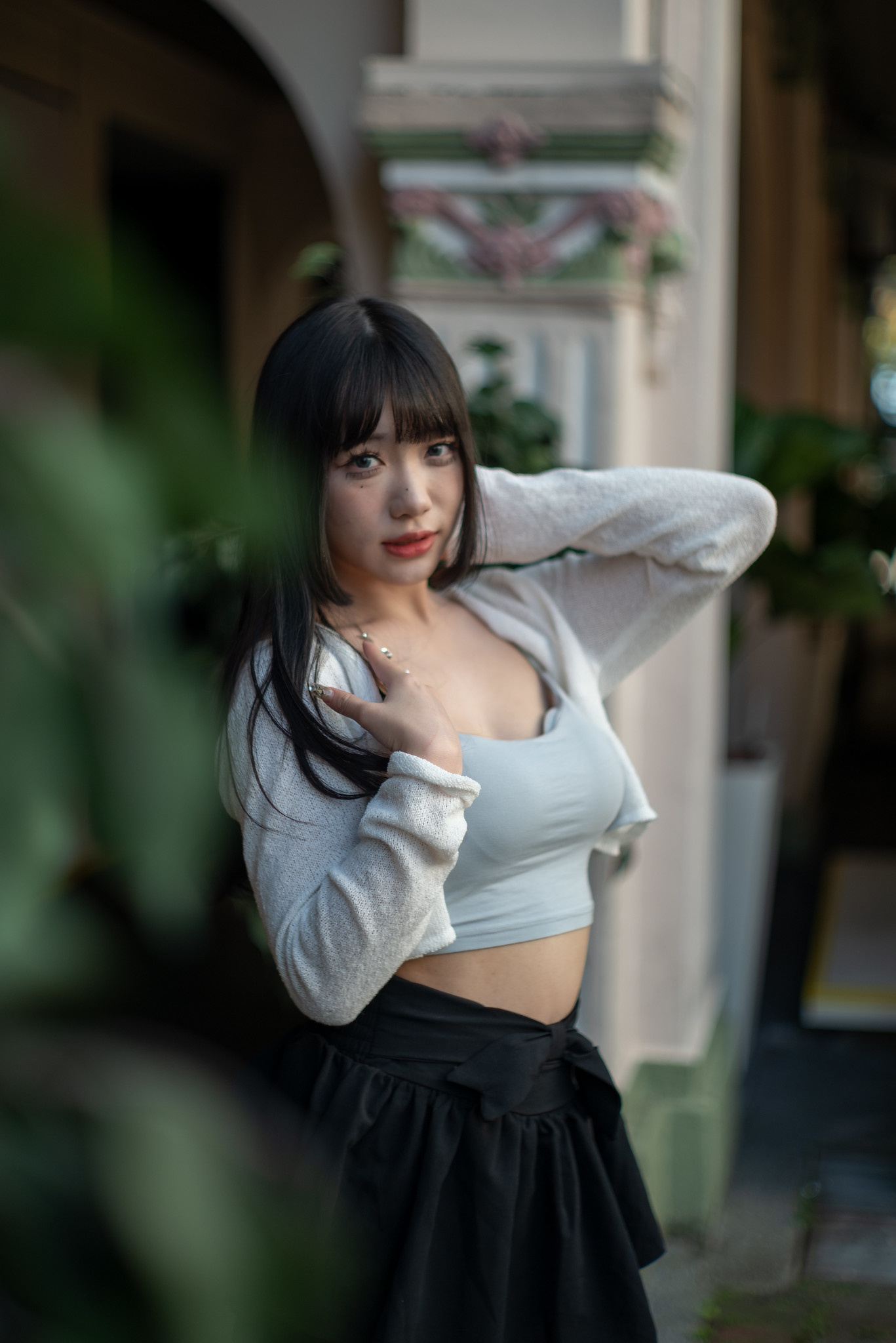
A similar point will apply to landscapes and other situations where there are ‘important’ objects in your out-of-focus areas. I will recommend stepping down with the Leica Summilux 50mm v2 to avoid the aberrations. The shot below is an example of what one can expect for chromatic aberrations with this lens. (reminder, this piece of optics is half a century old).

Conclusion
Continuing from the td:lr section, a quick conclusion is that I would get this lens for the way it works for portraits and because it is just as small as a modern Leica Summicron 50mm. After all, this is a 50mm Summilux, rightly designed for portraits.
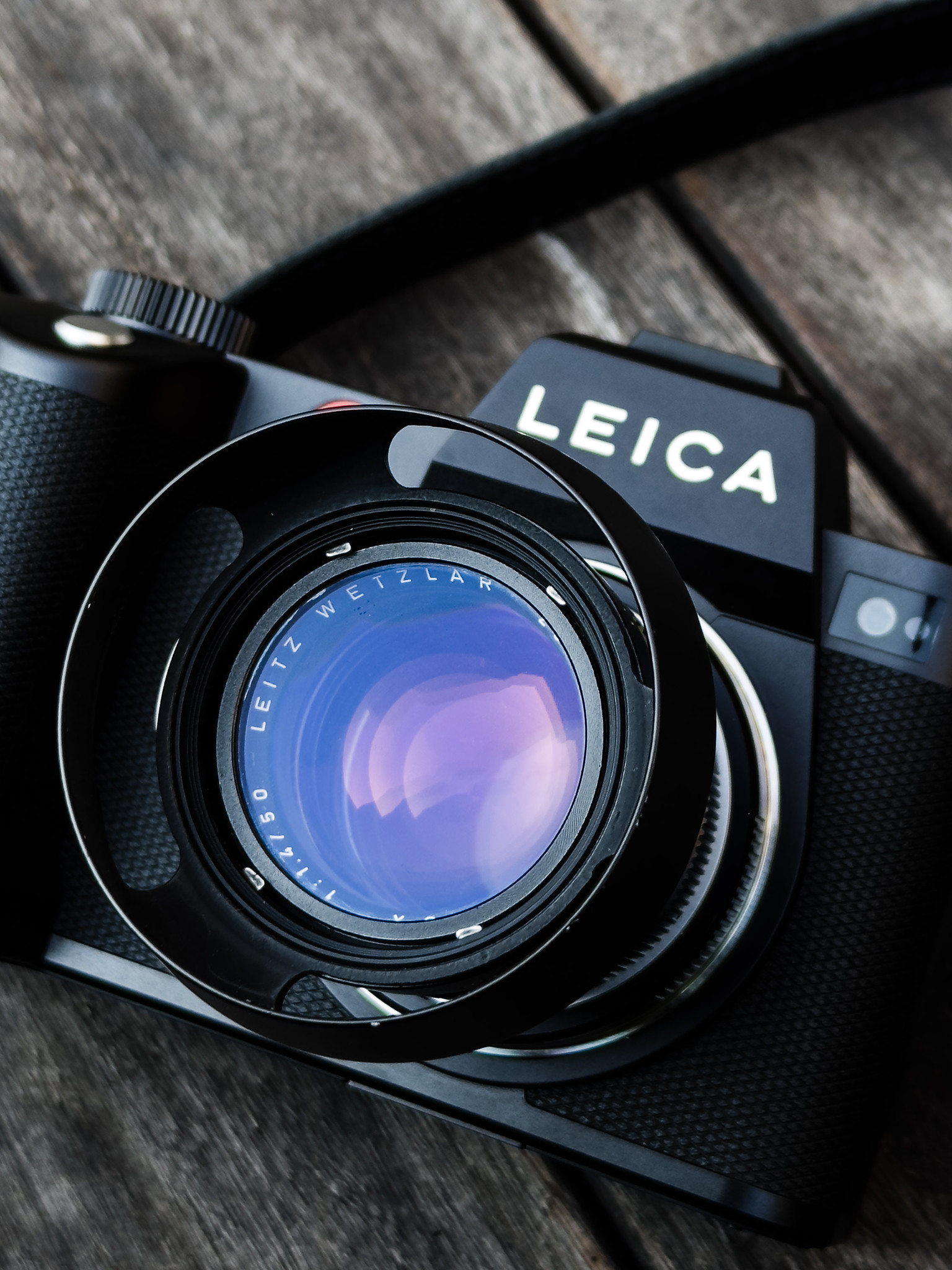
The character of the Leica Summilux 50mm E43 v2, such that it is capable of being sharp wide open at the center and its bokeh drawing alone makes this a piece worth photographing with, other than the label of this being another of Dr. Mandler’s design which I understand some collectors have a soft spot for.
It is not easy to find a set of the Summilux 50mm v2 with mint glass, the E43 Slim filter, 12586 hood and original caps nowadays so if you do come across one for a reasonable price, do consider it.
Cons of the Summilux 50mm v2 will probably be the long focus throw making it actually quite useful for portrait photography, and the minimum close focusing of 1 meter close focus limit. Also, with this lens’s age, be careful with checking for flaws in the glass.
The Leica Summilux 50mm e43 version 2 maintains its uniqueness in a field of modern lenses mostly seeking now to be ‘similar,’ and in this sense, this is a piece of optics worth having. In fact I know of one professional photographer who I know will surely be using the flares created on this piece of optics to his advantage in his wedding shots.

Thank you for reading.
Disclaimers:
- All product photos and samples here were photographed by me. I believe any reviewer with pride should produce their own product photos.
2. All images were shot with my personal copy of the Leica Summilux 50mm E43 v2, Leica SL2 and Leica M10-R.
3. This review is not sponsored.
4. I write as a passion and a hobby, and I appreciate that photography brands are kind enough to respect and work with me.
5. The best way to support me is to share the review, or you can always help support me by contributing to my fees to WordPress for the domain using the Paypal button at the bottom of the page.

One Reply to “Review of the 1961-1991 Leica Summilux 50mm v2 E43 on the SL2 & M10-R”